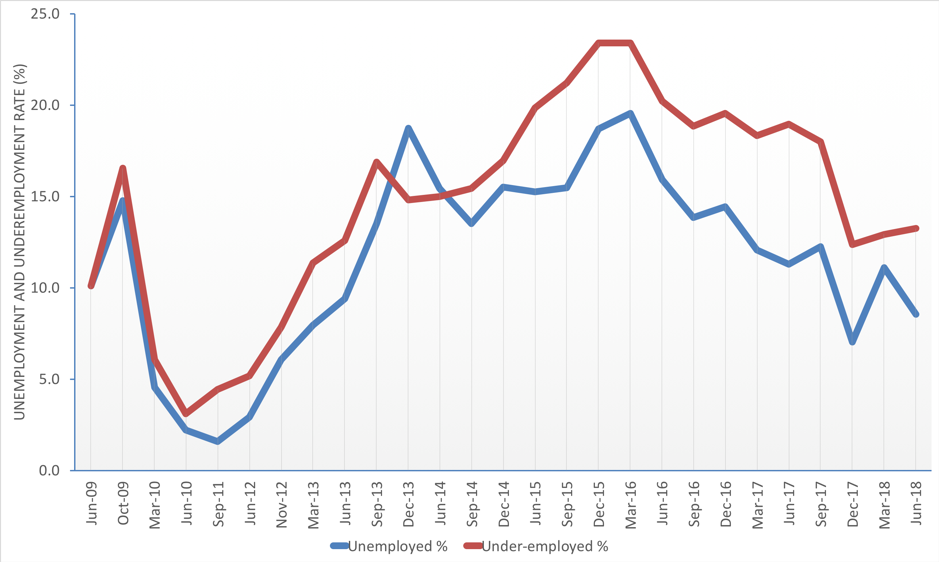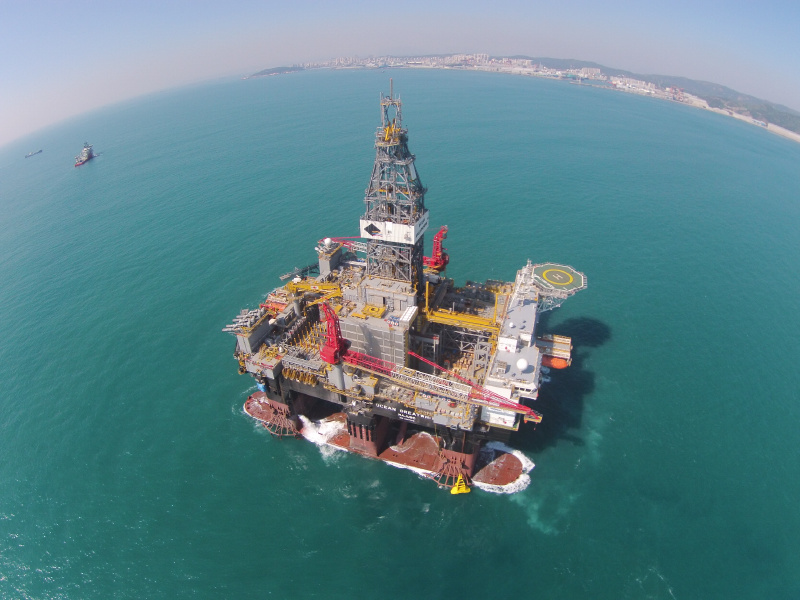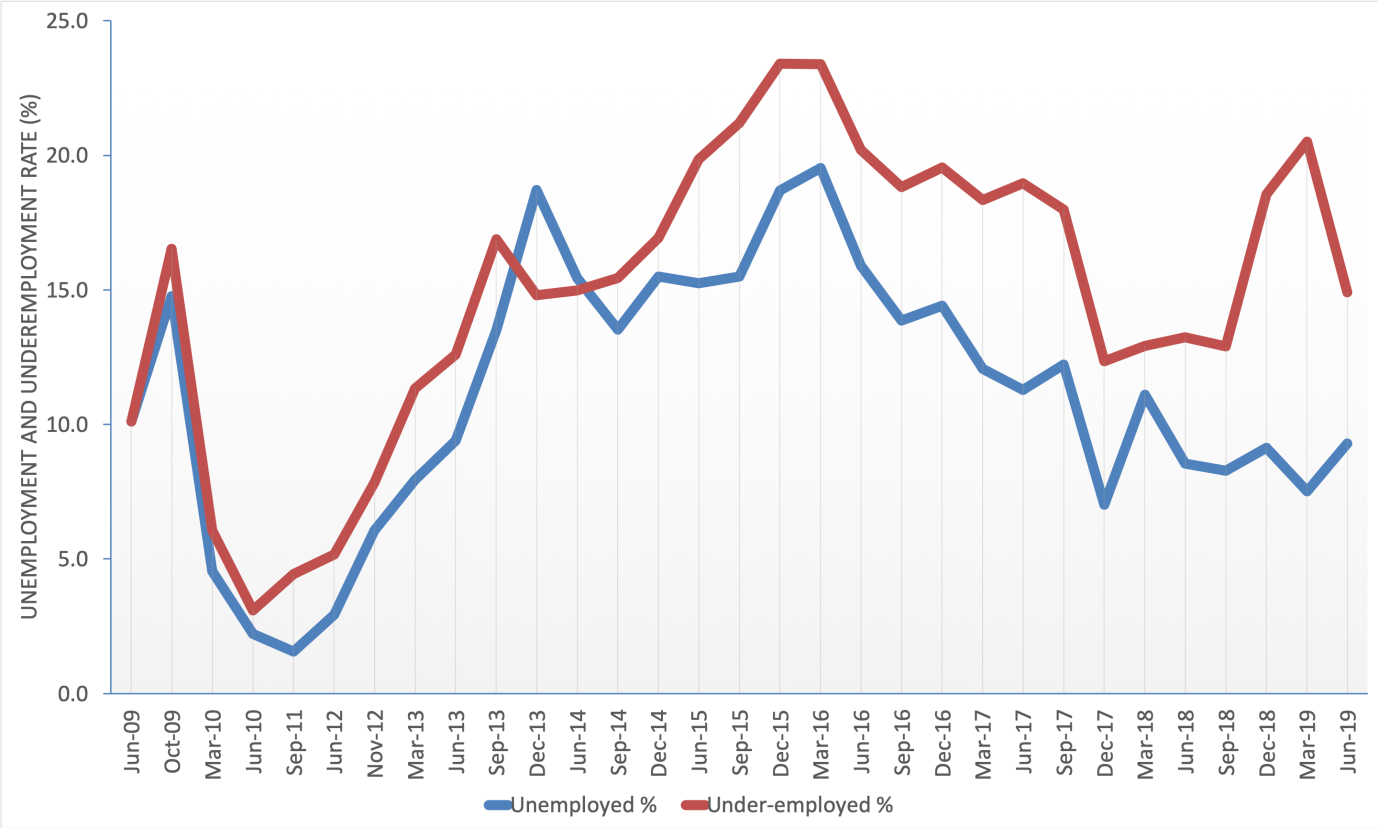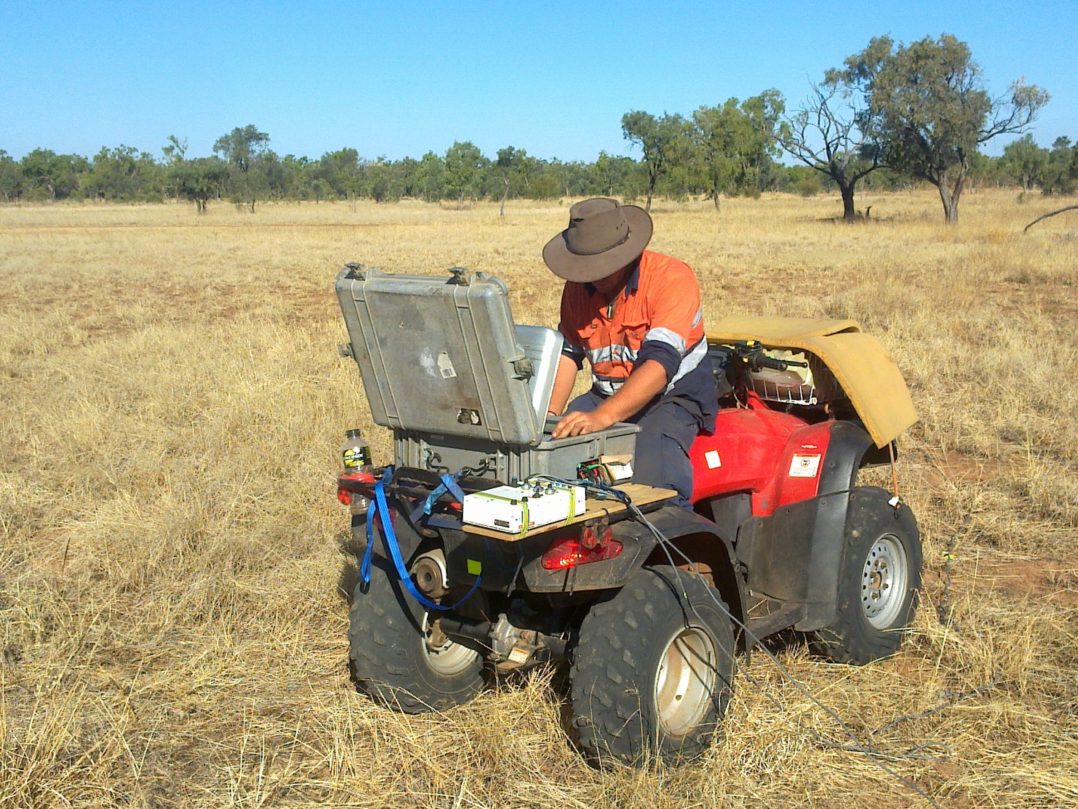The recovery in employment opportunities for Australia’s geoscientists resumed in the June quarter, with the unemployment rate falling to 8.5% from 11.1% in March.
A small increase in the underemployment, or skills underutilisation rate was observed, with 12.9% in March coming in at 13.2% in the latest Australian Institute of Geoscientists survey.
This survey series experienced continued, strong support from Australian geoscientists with just over 700 responses received from across Australia. The number of responses increased in every state.
AIG spokesperson Andrew Waltho welcomed the survey results. “It’s very encouraging to see the recovery in employment conditions evident since March 2016 continuing, even at a very modest rate, pointing to a recovery in mineral and energy resource exploration, development and production in Australia” Mr Waltho said.
“The improvement in the survey results is consistent with what we have been hearing from members – an improvement in job prospects but that there were still a number of candidates vying for each position.
“Again, long term unemployment remains a major concern, although the proportion of geoscientists who have been unemployed or seeking additional work fell from almost 70% to under 60% in the three months between March and June.
“It’s great to see this improvement, but it demonstrates the need for professional bodies representing geoscientists to maintain their efforts to provide accessible professional development and networking opportunities so that members can maintain and improve their skills, and maintain contact with their peers”.
Mr Waltho said maintaining such effort would continue to be a key focus for the Institute with the AIG doing whatever it can to ensure that members seeking work are attractive to employers when an opportunity arises.
“We are encouraged by continuing reports that industry activity is still increasing and creating career opportunities for geoscientists, which will hopefully be evident in the September quarter results” Mr Waltho said.
Mineral exploration employment in Australia has been subject to considerable volatility since June 2009, when these surveys commenced, as following chart shows.
The data clearly show a seasonal influence on employment. Self-employed geoscientists expect that there will be less work available during the Australian summer, with the combined impact of the northern Australia wet season creating access difficulties and traditional holidays.
It appears, though, that employment volatility has decreased since September 2015, and the improving trend in employment since then is clear. These are both interpreted to be positive signs.
The proportion of Australian geoscientists working in mineral exploration also demonstrates the importance of the sector, highlighting the need to maintain equitable conditions for access to land and provision of pre-competitive data by governments.
Every state, except Queensland, experienced a decrease in unemployment during the June quarter. The unemployment rate in Queensland increased from 11.3% at the end of March to 12.2% at the end of June. In Western Australia, unemployment fell from 9.4% to 7.9%. In South Australia, the unemployment rate fell from 11.1% to 10.3%.
Dramatic improvement in employment was recorded in New South Wales and Victoria, where the unemployment rates fell from 18.4% to 2.1%, and from 16.7% to 3.0% respectively.
Changes in the underemployment rate were less dramatic. In western Australia, the rate increased slightly from 10.8% to 11.6%. In South Australia, the rate decreased from 33.3% to 17.2%, and small decreases were recorded in Queensland, New South Wales and Victoria.
Too few survey responses were received from Northern Territory and Tasmania to report state results.




